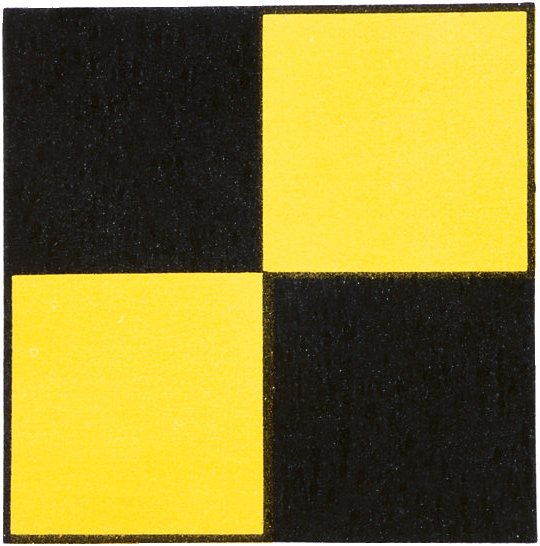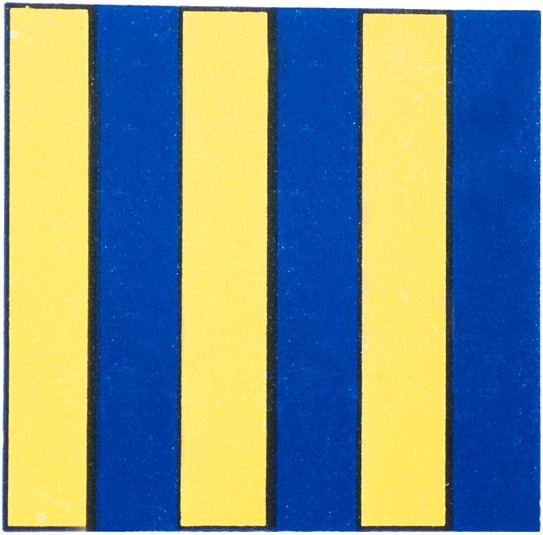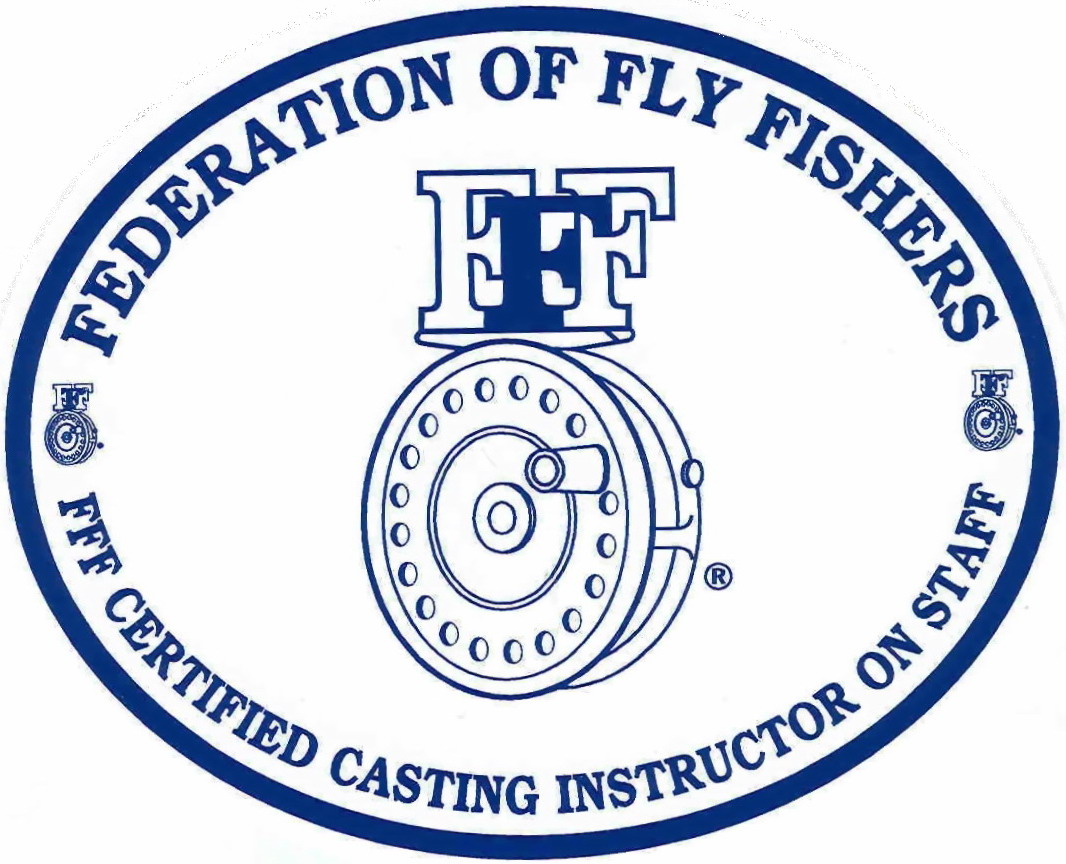Not So Fast!... Suggestions for preparing your fishing equipment for the off season.
by Captain Jim Barr on 10/30/13
Not So Fast!
Suggestions for preparing your fishing equipment for the off season.
Now that the 2013 northeast saltwater fishing season is at an end for most anglers, excepting the die hards, don't be so quick to put away your equipment for the winter months in "as is" condition. End of the season maintenance of fishing equipment used in saltwater requires careful cleaning to avoid ugly surprises when spring arrives and you are ready to get back on the water. The following suggestions will help you wind down from what I hope was a great fishing season by helping you prepare your equipment for its winter slumber. Another reason to clean and prepare your equipment now is for that unplanned opportunity that may arise to fish in the southern climates this winter. If your gear is ready to go, it will be one last set of chores you need to deal with when you are getting ready to wet a line. The process of cleaning and organizing your equipment now can also be helpful in identifying those items you would like to add to inventory or replace that can go onto your personal holiday wish list (to avoid the socks you don't want and the stale fruit cake!)
The following is a review of what's critical:
Fly Reel & Spare Spools:
Use a line winder and remove all the fly line from your reels and spare spools (or carefully coil the fly line by hand). Anglers Image makes a simple, low cost line winder. http://anglersimage.net/compiled/Page%206-i12.html Preferably use a high speed line winder with an electric drill to remove the fly line and the backing. A product called "Smart Spooler" is particularly good for both removing and re-spooling fly line and backing: http://burfish.com/catalog/smartspooler.html
Once the lines (and backing) are removed, thoroughly clean the reel and spools using hot water, mild soap, a spare tooth brush (mark it so you don't end up using it later to brush your chops) and a clean rag. The following YouTube video by Captain Bruce Chard may assist in the steps for both a short and longer term cleaning regimen. http://www.youtube.com/watch?v=-FqTtN8P4lk .
I keep my fly reels and spools organized in compartmentalized reel cases. As a fly fishing guide I have several of these and they are great for keeping equipment organized and protected. I have separate cases for fresh and saltwater reels and spare spools. You can easily overspend in this category and it's totally unnecessary: A very good choice is Bass Pro's Reel Tote: http://www.basspro.com/Bass-Pro-Shops-Reel-Tote/product/37514/
For fly, spin and baitcasting reels, purchase a reel cleaning kit that contains the simple tools, solvents, oil and grease your reel needs to say healthy: http://www.basspro.com/Ardent-Reel-Kleen-Reel-Cleaning-Kit/product/96599/ Always save your reel's maintenance instructions that become very helpful in knowing the specific lubrication points for your equipment. If you're not the type of angler who likes to personally maintain your equipment, find a local shop that is professional and get your equipment to them sooner than later while they are not busy.
Fly Lines and Backing:
Inspect your fly line backing closely. Dacron and Gel Spun backing is very durable however it can become damaged from exposure to the elements or if a fish takes you deep into structure during the fight and rubs the line against abrasive surfaces. If it is frayed in spots or simply has not been replaced for some time, replace it with fresh backing, it's cheap insurance to prevent losing the fish of your life. In most cases 30 lb Dacron backing is perfectly adequate for saltwater fishing. (Use 20lb for freshwater). If you desire a thinner backing that will allow more line to be added to your large arbor spools, Gel Spun is a good choice, albeit a bit more pricey. In most cases, 200 yards of backing is plenty for stripers, bluefish, false albacore and bonito. For other faster and longer running fish, best to consult with an expert shop or guide who can advise what's necessary. http://www.basspro.com/Backing/_/C-4294535596?taCategory=Backing&taSearchTerm=fly%20line%20backing
Inspect your fly line closely, particularly the first 30-40 feet, for cracks in the plastic coating. Repeated casting and exposure to salt, sand, and the sun's UV rays will take a heavy toll on fly lines. If your line has cracks, it will likely be to the "head" section of the line and the line should be replaced. http://www.basspro.com/webapp/wcs/stores/servlet/Navigation?storeId=10151&catalogId=10051&langId=-1&searchTerm=fly+lines
(You may want to cut off the head section of the fly line and retain the running line portion for fashioning shooting head systems.) If the fly line is undamaged clean it with warm soapy water and apply a dressing. Regular cleaning and dressing of your fly lines is absolutely critical in preserving your investment. http://www.basspro.com/Umpqua-Glide-Fly-Line-Dressing-Kit/product/20694/
Rather than rewinding your fly lines back onto the spools, coil the lines in large coils and secure the coils using pipe cleaner ties. Label large plastic re-sealable food bags with the specifics of each line (line type- floating, intermediate, fast sinking etc, and weight) and store the lines in a cool, dry location. Keep these lines stored until spring when you will wind them back onto the reel and spools using your line winder or by hand. Storing lines in large coils will mitigate line memory so that come spring you are not dealing with "slinky toy" coiled lines resulting from being tightly wound on your spools during the off season. I would also suggest that you discard all leaders/tippets tied to your fly lines and await the arrival of spring to replace them with fresh material.
Spinning and Baitcasting Lines:
As a fishing guide the lines on my spinning and baitcasting reels take a beating. I go back and forth between using monofilament and braid. Both have good and bad qualities. Monofilament is inexpensive and tangles less frequently than braided line. Mono's primary downfall from my perspective is that it does not cast as far as braid and has too much stretch. Braided line permits very long distance casts, it's strength to diameter ratio is a real plus, it does not stretch under load and it creates a super sensitive connection between the angler and the fish, however it is prone to easily developing wind knots and it is prohibitively expensive to replace each season. As for monofilament line maintenance, I simply replace it with fresh line on all reels after each season. As for braid, I replace it when I need to.
In both cases for removing old line from reels, I use empty line spools and attach them to a variable speed drill using a MacGyver-type bit or the line winder mentioned earlier in this article. On the spinning reels I secure the open bail with a hair tie to prevent it from accidentally tripping while the line is being rewound onto the waste spool or line winder. In both cases the use of a line winder for adding new line makes the job infinitely easier. Remember to recycle your lines to prevent injury to animals and the environment.
Baitcast Line Winder: http://www.basspro.com/Bass-Pro-Shops-XPS-Aluminum-Line-Winder-for-Baitcast-Reels/product/104172/
Spin casting line winder: http://www.basspro.com/Bass-Pro-Shops-XPS-Aluminum-Line-Winder-for-Spinning-Reels/product/20677/
Fly, Spinning and Baitcasting Rods:
Use an old but clean toothbrush and with hot soapy water clean the reel seat, the fittings that secure the reel to the reel seat and the screw threads of the reel seat. Clean around all of the guides and the tip top. If the cork grip is discolored, or slick with an oily residue- use a very fine grit sandpaper or fine steel wool and carefully rub down the grip to restore it's color and smooth surface. (Use masking tape to cover the rod blank and the reel seat immediately adjacent the cork grip to guard against scratching). If there are cracks in the cork or sections where the cork filler dislodged, mix cork dust (sand a wine bottle cork and collect the fine dust) with waterproof glue (Elmer's), and using a flat wooden stick or coffee stirrer, push the paste into the cracks and pits. Wait 24 hrs to allow the cork/glue slurry to cure and then carefully sand the grip with fine grit sand paper to return it to nearly new condition. Wipe down your rod sections with a clean cloth soaked in hot soapy water (use a mild soap). I like to then polish each rod section with a furniture spray wax such as Pledge. Spray the wax onto a clean dry cloth and polish each rod section. For multi-piece rods, apply beeswax, bowstring wax (or paraffin wax at a minimum) to each male ferrule of the rod sections. (The wax keeps the rod sections from coming loose after repeated casting). For fly rods, store the rod sections in a rod sock and secure everything into the appropriate rod tube. (If your rod tubes have a description of the rod on the exterior make sure you have got the right rod in the right tube, otherwise you might be in for a surprise when it's time to fish. Pay attention to the details. Store the tube in a cool and dry environment. For one-piece rods, several storage related products are very helpful in organizing and protecting your investments. Most anglers will store their rods with the reels attached and that's fine as long as it's done carefully. Most however roughly gather the rods together and prop them in a corner of the basement or garage so they are stacked on top of one another. I have several suggestions:
1. Remove all terminal tackle and wind all the line onto the spool and secure the line with a rubber band or ladies hair tie.
2. Slip rod socks over each rod to protect the blank and guides from damage. Most of our rods these days are constructed of graphite. If these rod blanks are scratched or nicked they can easily fail under the load of a fish or during the casting process. Protect your rods with simple covers: http://www.basspro.com/Bass-Pro-Shops-XTS-Rod-Socks/product/1205300955/
3. Rather than propping the rods leaning against one another, develop a system for storage, whether it's overhead or standup design. I recommend vertical storage systems in rod carousels. They don't use much space, and they rotate making it very easy to remove specific rods without sorting through the "pickup sticks" type storage. http://www.basspro.com/Bass-Pro-Shops-Spinning-Floor-Rod-Rack/product/10215368/
4. Where necessary, replace worn or broken guides on your rods. The following link will take you to a You Tube video that explains the repair process. http://www.youtube.com/watch?v=ki0GviM6WI0
Zippers: Take particular care with any clothing items and gear bags that have zippers. Zippers exposed directly to salt water and salt air can get encrusted and lock up, and when you forcibly try to free them because you're in a hurry, the zipper head or slide will often break. The following link will take you to a blog on my website that offers tips on how to remove salt, clean and maintain zippers exposed to the salt environment. http://www.skinnywaterchartersri.com/SWC-Blog.html?entry=zip-it-up
These suggestions cover much of what anglers should pay attention to as they prepare to put their equipment away for the winter months. Like your car or your house, regular maintenance will help ensure that your equipment will last longer, look better and be ready for next year's fishing season.





